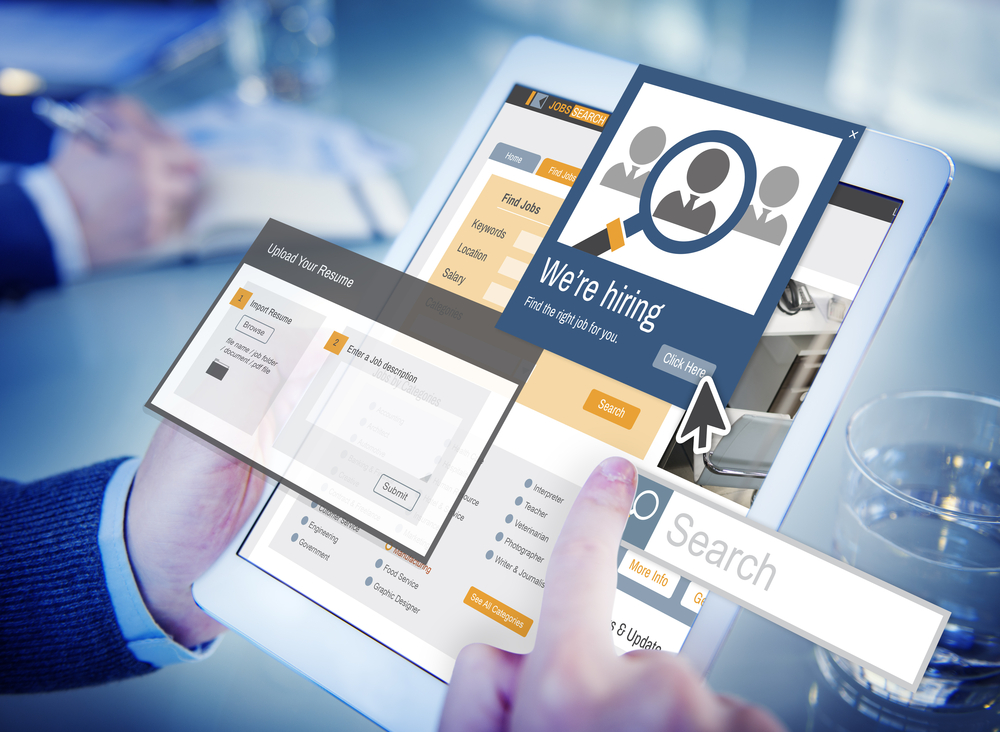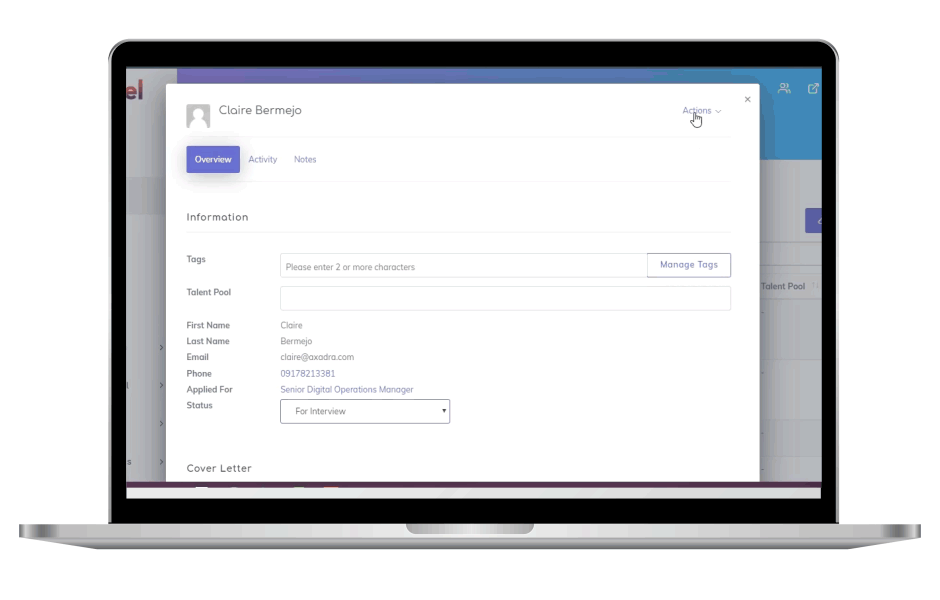As the talent pool has expanded on a global scale, recruiters are faced with a wealth of talent, platforms, and data. How can you navigate such a complicated web and fish out the perfect hire? Update your recruitment strategy to incorporate data-driven recruitment.
Learn what data-driven recruiting is, how you can implement it in your organization, and the benefits it brings that made it one of the 2023 recruitment trends.
The Basics of Data-Driven Recruitment
A data-driven recruiting strategy uses technology and data to make accurate hiring decisions.
How exactly do you use data for recruitment?
A data-driven approach to the hiring process uses recruitment software to analyze applicant data — extending beyond resumés and cover letters to include social media activity and online publications — and match them with the company’s job requirements.
This strategy can paint an accurate picture of the applicant’s abilities and experiences, allowing companies to improve the quality of hire and efficiency simultaneously.
How to Use Data-Driven Hiring to Enhance Hiring in Companies
With our guide on how to hire remotely, it is evident that technology can help improve the hiring process. But the rationale may not be as apparent for data. So, how do you implement a data-driven approach to recruitment?
Here’s how:
Set Your Metrics
The first step to embracing data-driven recruitment is choosing the metrics to track. There are numerous metrics, and attempting to track them all will only be unproductive. So, filter down the metrics that are most relevant to your organization and focus on them.
The “right” metrics depend on what matters most to your organization, such as aspects of the hiring process that need improvement. Here is a list of metrics you may consider:
- Cost-per-hire
- Source of hire
- Time-to-hire
- Qualified applicants per hire
- Job acceptance rates
- Applicant conversion rates
- Percentage of bad hires
- Turnover rate
- New hire time to productivity
Choose the Right Recruitment Software
When you know which aspects of the hiring process you want to focus on, you can start selecting the software to use. Recruitment software is a major investment for HR teams, and with lots of data, may be overwhelming, which is why you need to be careful about choosing the right software.
To make sure that you invest in the right software, try a free recruitment software first to see if your chosen software’s available features match the metrics and features that you need.
Collect and Analyze the Data
Data collection is a tedious process, whether you do it manually or digitally. If the software is not used strategically, data collection can be frustrating and end up being unproductive.
With that said, to feel the benefits of recruitment software, you need to use them to your advantage.
Taking into consideration the metrics you’ve chosen, determine the most efficient ways to collect and analyze data.
It is worth noting here that recruitment software is not the only method for collecting data. You may tap more traditional methods, such as online surveys, to supplement data from your software.
Time to Act on the Data You Collected
Data can only do so much — it cannot solve your problems for you. Data help you identify weaknesses, but it is still up to the recruitment team to interpret them to understand their root causes and formulate a data-driven recruiting strategy to address them.
So, if the data shows that your job acceptance rates are lower than the industry average, you may check the data comparing your salary and benefits package with competitors. However, you’ll also need to evaluate subjective elements like whether you’re gauging the candidate’s interest accurately or clearly explaining the position’s responsibilities.
This is where the essence of a data-driven hiring strategy comes into play. Recruitment teams must use the data from their recruitment software to plan the steps they will take to level up their recruitment process.
Evaluate Your Strategies
Improvement is a continuous process, so recruitment teams need to regularly engage with their recruitment software to spot ways to further improve their process or any issues that may have emerged.
Recruitment software allows you to track your metrics over a long period. Be on the lookout for sudden changes in the data trends and treat them as a smoke signal for emerging issues.
These trend changes may also tell you whether a newly implemented strategy is working or not. From there, you can decide to retain, improve, or modify the strategy in question based on the most recent data available.
What are the Benefits of a Data-Driven Hiring Process?
Given that it is a relatively new approach, why is a data-driven recruitment process important?
A data-driven approach to recruitment is not merely a trend. It offers numerous benefits that not only impact the way organizations find and hire new talent but also their overall culture. Here are the benefits:
Reduce Hiring Costs
Recruitment can be costly for organizations, especially if it takes a long time or if you hire the wrong person. Apart from fees to post job openings on sourcing channels, organizations also suffer losses from lost productivity during the recruitment process.
With efficient and accurate recruiting, you increase the chances of hiring the right candidate quicker. This way, you can minimise your organization’s losses.
Improve the Candidate Experience
For most candidates, the recruitment process is their first impression of the company and may dictate whether they will accept your job offer, re-apply in the future, or recommend you to other potential candidates.
With a data-driven approach, you can refine your recruitment process so that it doesn’t include unnecessary steps while still letting you filter top candidates.
Improve DE&I
Diversity, equity, and inclusion (DE&I) starts in the recruitment process. Companies that want to be more diverse need to attract a diverse talent pool. They also need to remove roadblocks in the recruitment process to successfully hire and retain them.
Recruitment teams can use data to assess how the current hiring process may be attracting or deterring diverse talent. For instance, they may find issues with messaging or unconscious bias that prevent diverse candidates from succeeding.
When you attract a diverse pool of people, you increase the chances of forming a diverse team, and thus allowing you to meaningfully incorporate DE&I into your organizational culture and practices.
Implement Data-Driven Recruitment with Ease Through Skillfuel
No matter how big or small your organization is, you stand to benefit from an efficient data-driven recruiting strategy. Achieve your HR objectives with Skillfuel’s free recruitment software. It’s easy to use, so your recruitment team can maximise its benefits almost immediately.
Hit us up with a message if you want to learn more about using data in your organization’s hiring strategies.
















